1. Geronimo: The Fierce Apache Warrior
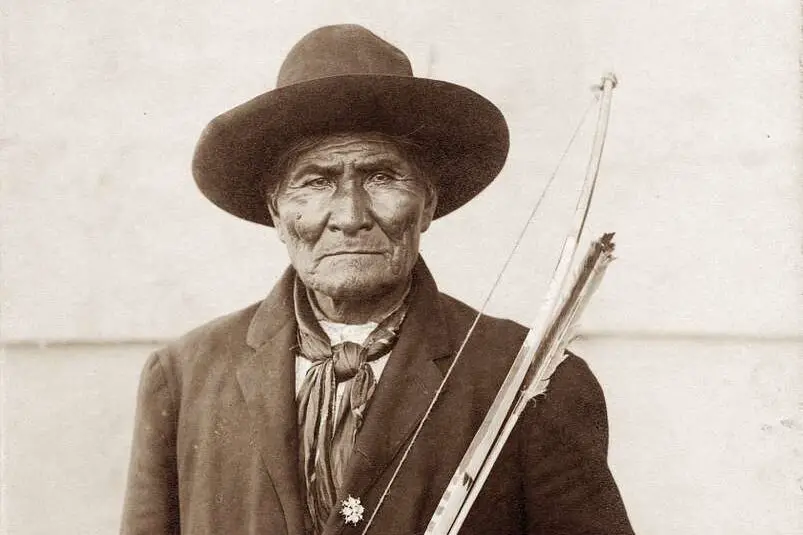
Geronimo was one of the most feared and respected Apache leaders who became legendary for his fierce resistance to the U.S. and Mexican military forces. His ability to evade capture for years earned him the reputation of being nearly invincible. His defiance became a symbol of resistance for Native American communities, as he led his people in numerous battles against American expansion. Geronimo’s resilience was unyielding, even when faced with overwhelming odds says Teen Vogue.
Despite numerous captures and relocations to reservations, Geronimo never stopped fighting for the freedom of his people. His capture in 1886 marked the end of Apache resistance, but his legacy as a warrior lives on. Geronimo’s name is still synonymous with courage, defiance, and strength. He showed the world that no matter the empire, the spirit of freedom cannot be easily subdued.
2. Sitting Bull: The Spiritual and Military Leader
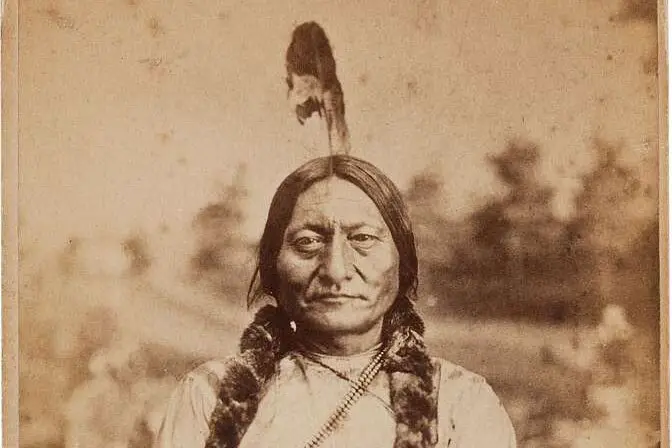
Sitting Bull, a Hunkpapa Lakota Sioux leader, played a pivotal role in resisting U.S. encroachment on Native lands. Best known for his leadership during the Battle of Little Bighorn in 1876, he united various tribes to take on the U.S. Army. Sitting Bull’s wisdom was not only in battle but also in guiding his people through difficult times, often serving as a spiritual leader. His deep connection to his culture and traditions made him a symbol of pride for Native Americans shares Smithsonian Magazine.
Sitting Bull’s victory at Little Bighorn, where General Custer and his troops were defeated, was a significant moment of triumph. Despite this, he was later forced to surrender and spent years in exile in Canada before returning to the U.S. He was eventually killed during a confrontation with U.S. authorities in 1890. However, his defiance and leadership continue to inspire generations.
3. Crazy Horse: The Relentless Protector
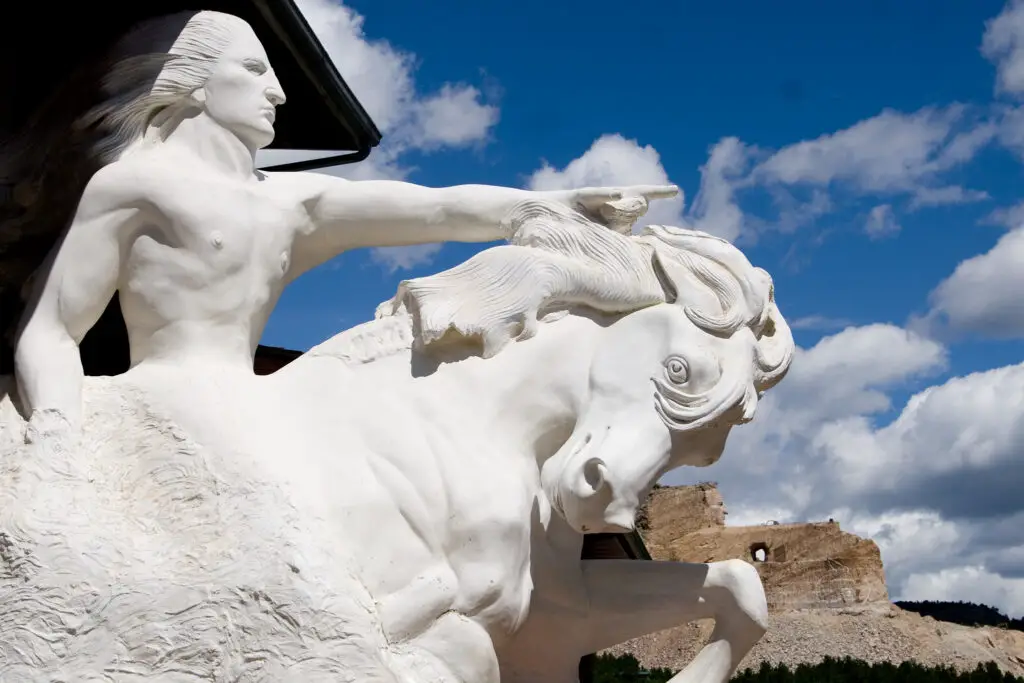
Crazy Horse, another Lakota Sioux warrior, is known for his fierce and strategic battle tactics. He led the Lakota forces in the Battle of the Little Bighorn, alongside Sitting Bull, and was instrumental in the defeat of Custer’s forces. Known for his stealth, Crazy Horse was a master of surprise attacks, using his knowledge of the land to his advantage. His ability to adapt and lead under pressure made him a hero among his people adds KOTA.
Crazy Horse never sought fame or recognition, focusing solely on protecting his people and their way of life. His commitment to the Lakota people was unwavering, even as the U.S. Army pursued him relentlessly. Crazy Horse’s legacy remains one of courage and sacrifice, showing the world the power of leadership rooted in community and duty. He was eventually captured and killed under mysterious circumstances, but his legend endures.
4. Tecumseh: The Visionary Leader
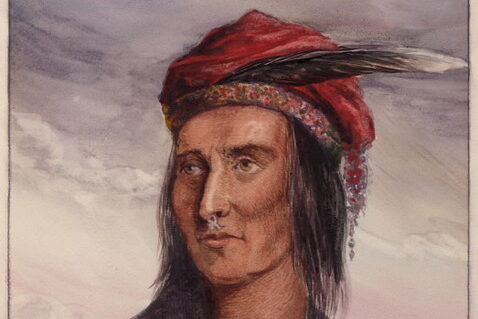
Tecumseh was a Shawnee chief who dreamed of uniting all Native tribes to resist the expansion of American settlers into their lands. A visionary, he believed that the only way to preserve Native American culture was to form a united confederation that could defend against the growing U.S. military presence. Tecumseh’s oratory skills inspired many, and he was able to rally diverse tribes to join his cause. His leadership was rooted in a deep belief in the strength of unity says Mount Vernon.
Tecumseh’s efforts culminated in his leadership during the War of 1812, where he allied with the British forces against the United States. His death in battle in 1813 at the Battle of the Thames marked a turning point, and his dream of a united Native confederacy ended. Still, Tecumseh’s vision of solidarity and resistance is remembered as a defining moment in Native American history. His life stands as a testament to the power of foresight and determination.
5. Red Cloud: The Diplomat and Warrior
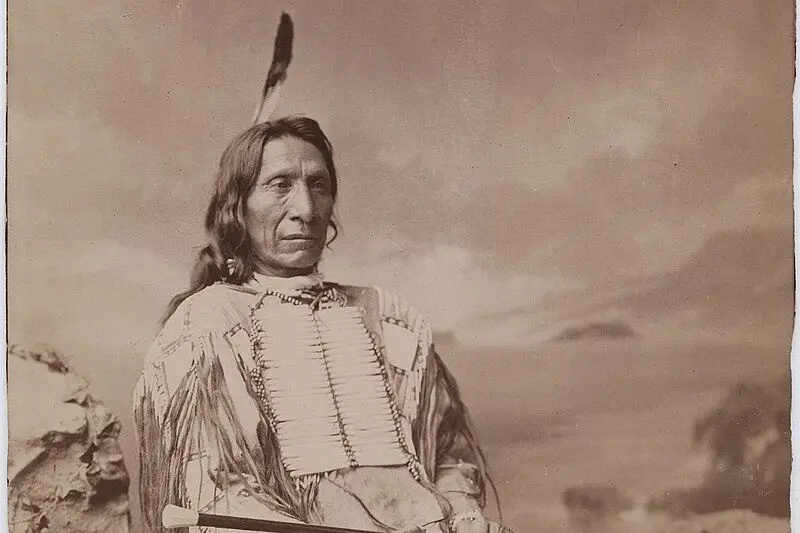
Red Cloud, a prominent Oglala Lakota Sioux leader, is remembered for his diplomatic skills and his success in securing one of the most significant peace treaties in U.S. history. He led his people through the successful Red Cloud’s War (1866-1868), which forced the U.S. government to sign the Fort Laramie Treaty. Red Cloud’s ability to balance diplomacy and military strength set him apart from many of his contemporaries. He understood the value of negotiation, ensuring the survival of his people.
Though he initially fought fiercely to protect Lakota lands, Red Cloud later sought peace, believing that his people’s survival depended on it. He worked with U.S. officials to secure rights for his people, including hunting grounds. Red Cloud’s legacy is one of balance—he was a warrior who knew when to fight and when to negotiate. His leadership continues to inspire those who believe in the power of peaceful resistance.
6. Chief Joseph: The Reluctant Leader
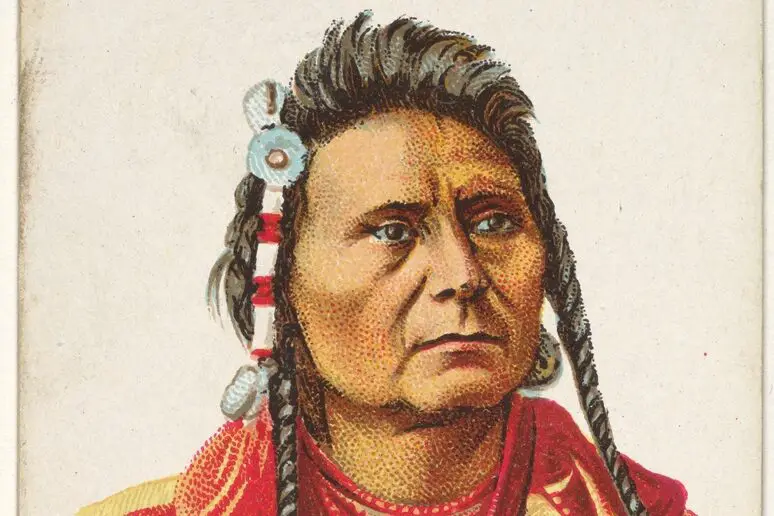
Chief Joseph of the Nez Perce is known for his reluctant yet steadfast leadership during his people’s forced relocation. His famous speech, “I will fight no more forever,” became a symbol of the suffering faced by Native Americans. Chief Joseph led his people on a 1,170-mile retreat to Canada, evading U.S. forces for months. His strategic brilliance allowed him to delay capture, but ultimately, he was forced to surrender.
Chief Joseph’s surrender did not signify defeat, though. His commitment to his people’s dignity and his refusal to let them suffer further inspired many. Even in the face of overwhelming adversity, Chief Joseph’s words and actions became a powerful example of the costs of resistance. His legacy endures as a reminder of the emotional and physical toll of fighting for survival.
7. Wilma Mankiller: A Trailblazer for Native Women

Wilma Mankiller was the first female principal chief of the Cherokee Nation, breaking barriers in Native American leadership. Her appointment to chief in 1985 was a historic moment, as she defied traditional gender roles and led her people with strength and grace. Wilma’s leadership focused on revitalizing the Cherokee Nation’s economy, healthcare, and education, making her an inspiring figure for both Native and non-Native communities.
Despite facing challenges as a woman in a male-dominated environment, Mankiller’s vision and courage led to significant improvements in her community. She spent her life advocating for Native American rights and women’s empowerment, proving that leadership knows no gender. Wilma’s impact continues to resonate, as her story encourages all to fight for progress, equality, and cultural pride.
8. Cochise: The Apache Chief Who Negotiated and Fought
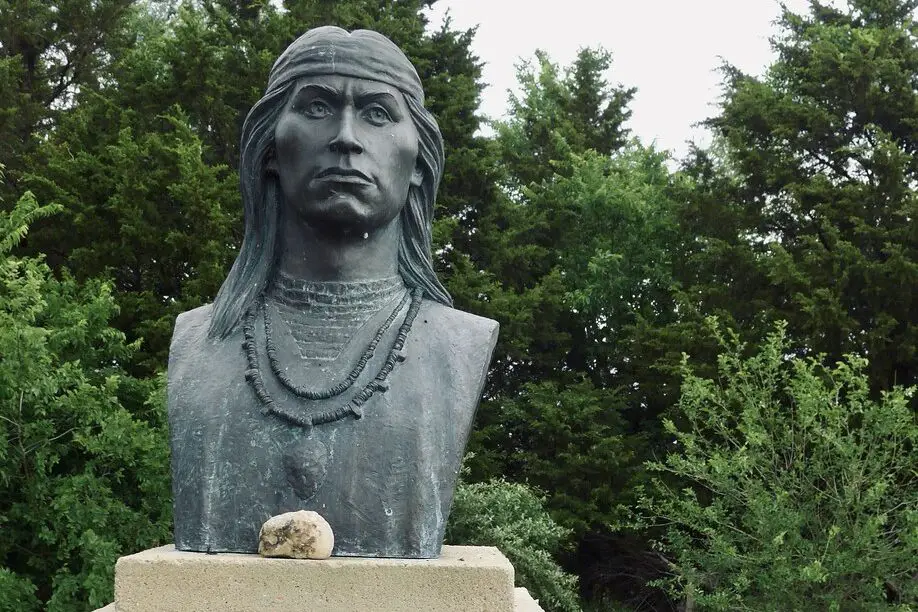
Cochise, a prominent Apache leader, is known for both his diplomatic acumen and his warrior spirit. During the Apache Wars, he was involved in several confrontations with American forces, yet he also engaged in peace negotiations. Cochise’s ability to balance these two roles made him a respected and feared leader. His strategic mind allowed him to outmaneuver the U.S. Army for years, maintaining his people’s autonomy.
Cochise was eventually able to negotiate a peace treaty with the U.S. government, which allowed the Apache to live in a designated reservation. Despite this, his fight for his people’s freedom continued, even in the face of overwhelming odds. His legacy as both a fighter and a peacemaker remains a testament to his wisdom and commitment. Cochise’s story is a reminder of the complexity and resilience required to protect one’s people.
9. Black Hawk: The Warrior Who Challenged the U.S. Government
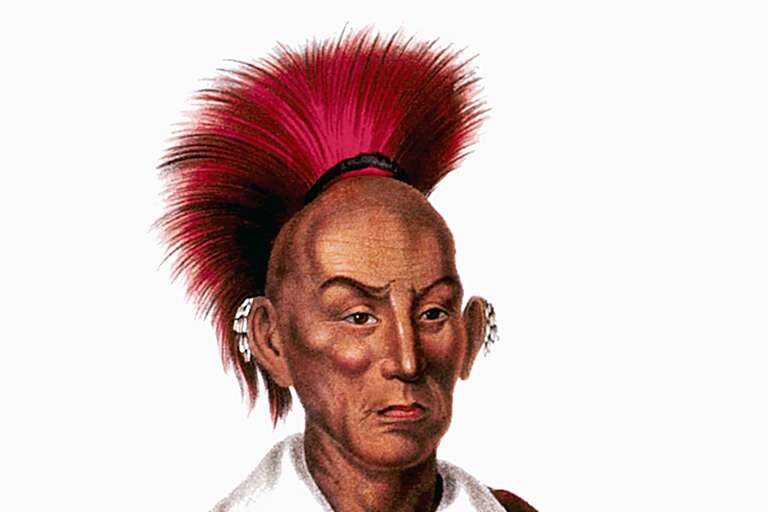
Black Hawk was a Sauk leader who became a key figure in the Black Hawk War of 1832. Known for his fierce resistance against U.S. encroachment, he led his people in a series of battles that ultimately ended in defeat. Black Hawk’s war was not just a military conflict, but also a symbol of Native resistance to colonization. His leadership was born out of necessity, as he fought to protect his people’s land and way of life.
Although the war ended in a loss for Black Hawk, his legacy endured. He was captured, but his story became a rallying cry for Native American resistance. Black Hawk’s life demonstrated the deep determination to protect one’s land, even when faced with overwhelming odds. His name is still invoked in discussions about Native sovereignty and the ongoing struggle against imperialism.
10. Standing Bear: The Legal Advocate
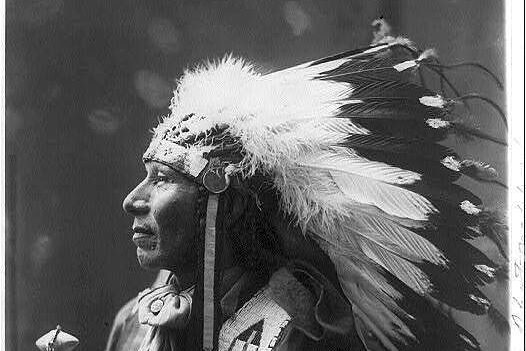
Standing Bear, a Ponca leader, made history in 1879 when he became the first Native American to successfully challenge the U.S. government in court. His case, Standing Bear v. Crook, was a groundbreaking moment for Native American civil rights. Standing Bear’s fight began after the U.S. government forcibly relocated his people to Indian Territory, leading to the death of his son. He sued for the right to return his son’s body to their homeland, which led to the recognition of Native Americans as persons under U.S. law.
This court victory was monumental, establishing legal precedents that recognized Native Americans’ rights in a new light. Standing Bear’s courage not only changed the course of history but also sparked a broader movement for Native American legal rights. His legacy is one of justice, reminding us that one person’s fight can alter the course of history.
11. Sarah Winnemucca: The Advocate for Her People
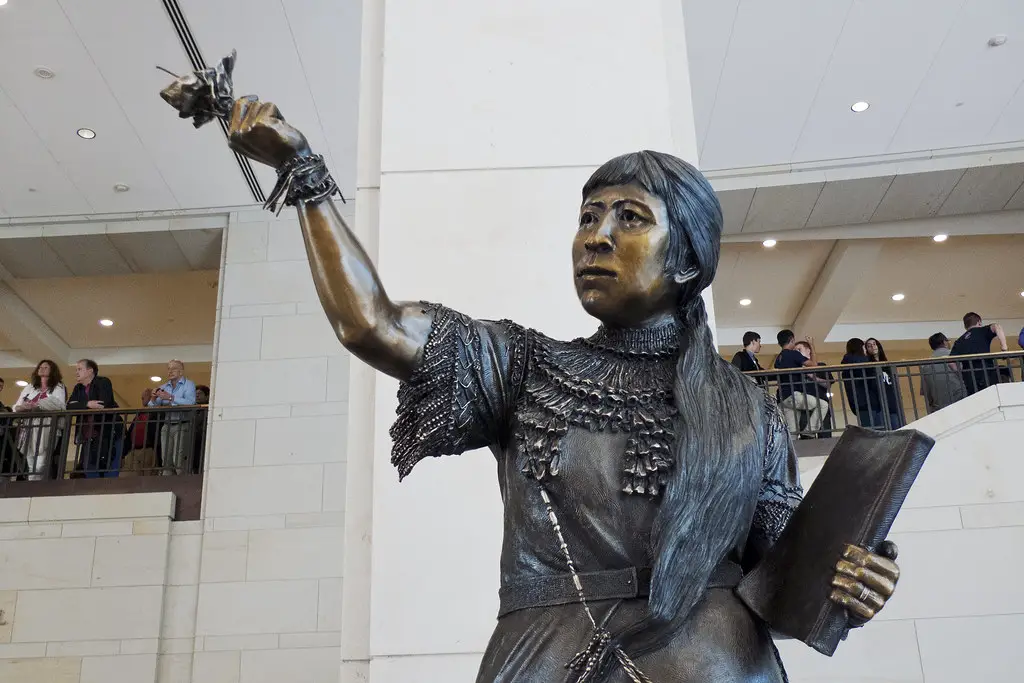
Sarah Winnemucca, a Northern Paiute woman, was one of the most prominent Native American women to advocate for her people during the late 19th century. Born into a family of leaders, she was raised in a world where resistance to U.S. policies was a daily struggle. Sarah used her position as a translator and advocate to speak out against the mistreatment of her people. She traveled across the U.S., speaking to anyone who would listen about the plight of Native Americans.
Sarah’s efforts to educate the public about Native American issues made her an influential figure in American history. Her memoir, Life Among the Piutes, remains a powerful testament to the struggle for Native rights. Despite facing discrimination and adversity, Sarah continued her advocacy, paving the way for future generations of Native American leaders. Her life is a beacon of strength, compassion, and unyielding dedication to her people.
